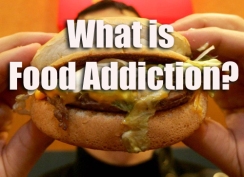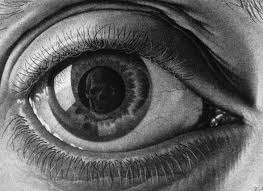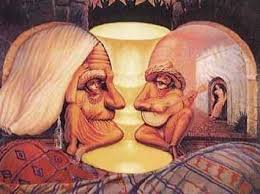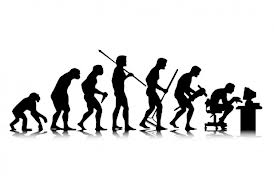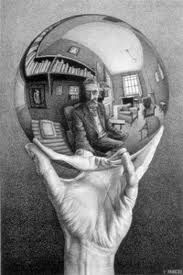Natasha Schull’s article “A Human-Machine Addiction,” highlights some essential components that influence online gambling game addiction. Schull outlines the different points of view of various key players, starting from the game designers and those who profit, to the addicts themselves who feel sucked into and trapped by the zone or trancelike state, and which has caused many to become dependent on the game as a means to cope with or escape their real-life issues.
 Usually when people think about gambling addiction, or the subjects that are addicted to gambling, I assume the common response would be to place blame on the individual’s lack of strong will or, as mentioned in the article as solely an issue of an addict’s having an addictive personality, perhaps as a result of genetics, or rather their “psychological profiles and life circumstances”(17). Placing the blame on the addicts and their possible addictive genes is both easy and profitable for many. It benefits and protects the game designing companies and their profitable products and is much easier than looking at and admitting the fact that we as a society have a new form of gambling addiction issue that we need to help fix. Further, the pathologizing of such an addiction doesn’t really expose the core of the issue being “the interaction between people and things” (17) as Schull outlines. Schull’s article points out that research has shown that when it comes to certain kinds of repeated activities, the same neurological pathways are stimulated as the ones that drugs stimulate. Regardless of that fact, “the substanceless nature of so-called behavioural addictions has led to a lopsided focus on addicts (their genetics, psychological profiles, and life circumstances) by scientists and the public alike”(17)
Usually when people think about gambling addiction, or the subjects that are addicted to gambling, I assume the common response would be to place blame on the individual’s lack of strong will or, as mentioned in the article as solely an issue of an addict’s having an addictive personality, perhaps as a result of genetics, or rather their “psychological profiles and life circumstances”(17). Placing the blame on the addicts and their possible addictive genes is both easy and profitable for many. It benefits and protects the game designing companies and their profitable products and is much easier than looking at and admitting the fact that we as a society have a new form of gambling addiction issue that we need to help fix. Further, the pathologizing of such an addiction doesn’t really expose the core of the issue being “the interaction between people and things” (17) as Schull outlines. Schull’s article points out that research has shown that when it comes to certain kinds of repeated activities, the same neurological pathways are stimulated as the ones that drugs stimulate. Regardless of that fact, “the substanceless nature of so-called behavioural addictions has led to a lopsided focus on addicts (their genetics, psychological profiles, and life circumstances) by scientists and the public alike”(17)
 While I find it fascinating that companies and corporations don’t feel somewhat responsible for this issue that has affected so many lives I can’t say I’m completely surprised. We live at a time when our priorities are not about maintaining and preserving human life, happy homes and healthy planet but about profiting by any means necessary, I’m not shocked to hear about the lengths big corporations and greedy millionaires are willing go to just to get their wallets filled. As an article that I recently came across that addresses similar addictive issues with food points out, big corporations who were aware of their responsibility in making food products addictive, and thereby contributing to obesity and other health issues, turned a blind eye to the whole thing, and took advantage of the weak, simply in order to profit.
While I find it fascinating that companies and corporations don’t feel somewhat responsible for this issue that has affected so many lives I can’t say I’m completely surprised. We live at a time when our priorities are not about maintaining and preserving human life, happy homes and healthy planet but about profiting by any means necessary, I’m not shocked to hear about the lengths big corporations and greedy millionaires are willing go to just to get their wallets filled. As an article that I recently came across that addresses similar addictive issues with food points out, big corporations who were aware of their responsibility in making food products addictive, and thereby contributing to obesity and other health issues, turned a blind eye to the whole thing, and took advantage of the weak, simply in order to profit.
The Extraordinary Science of Addictive Junk Food (Click on link)
When it comes to the actual designers of the online sites, as Connie Jones, from the article explains, “Our game designers don’t even think about addiction—they think about beating Bally and other competitors. They’re creative folks who want machines to create the most revenue.” It seems to me that they have successfully disconnected themselves from the harmful effects their designs and products have on their consumers.
It is outrageous to hear that the American Gaming Association used the famous NRA slogan of “Gun’s Don’t Kill People, People Kill People,” as a way of deflecting any responsibility from the game providers, or the Association and placing the blame of addiction on the people who use their products. My outrage comes from the many times this same tone has been used to deflect any responsibility from say, rapists, and placing the blame instead on the victim for dressing too sexily. Blaming the victims of rape, of gun and domestic violence and of addicts is not, in my opinion, an effective way of dealing with societal issues. It is never as simple as either the victim, or the perpetrator.
As Latour describes it, there is a relationship between an object and subject that influences the dynamic of any situation, and that is “…why objects are never “simply inanimate”: You are different with the gun in your hand; the gun is different with you holding it. You are another subject because you hold the gun; the gun is another object because it has entered into a relationship with you… neither guns nor people kill; killing is an action they can only produce together, each mediating the other.” 20



